CAFE COIN (카페코인)
1.4Km 2021-03-19
10, Myeongdong, 6-gil, Jung-gu, Seoul
+82-2-753-1667
A café featured in a popular Korean drama. This is a cafe located in Jung-gu, Seoul. The representative menu is tiramisu.
OPPADAK Myeong-dong2jungang(오븐에빠진닭 명동2중앙)
1.4Km 2020-11-26
20 Myeongdong 10-gil Jung-gu Seoul
+82-2-2292-5892
This is a house where you can eat oven-baked chicken. This restaurant's signature menu is fried chicken. This Korean dishes restaurant is located in Jung-gu, Seoul.
Choegojip Sutbul Dakgalbi Jeonmunjeom(최고집숯불닭갈비전문점)
1.4Km 2021-04-14
21-7, Myeongdong 8-gil, Jung-gu, Seoul
+82-2-3789-3334
It is a place where you can enjoy a variety of toppings for Dakgalbi (Spicy Stir-fried Chicken) that is popular in Korea. This Korean dishes restaurant is located in Jung-gu, Seoul. The most famous menu is spicy stir-fried chicken.
Darakjeong (다락정)
1.4Km 2021-03-26
131-1, Samcheong-ro, Jongno-gu, Seoul
+82-2-725-1697
Darakjeong has been popular for a long time because of the simple taste of its traditional Mandu (Korean stuffed dumpling). Since its opening in 1991, tasty soup and scrumptious Mandu have been served. A fist-sized Mandu is fully packed with seasoned meat, bean-curd, and various vegetables. Its thick dough makes it chewy and delightful. For one person, “Manduguk”(boiled dumpling soup) is a good choice. The delicious and nourishing taste of Mandu goes well with the sweet, spicy, and fresh taste of the soup. Manduguk is served in a brass bowl which keeps the food warm while eating. For a large-size group, “Mandujeongol” cooked with various vegetables in a casserole is recommended. There are two types of Mandujeongol that have different tastes. The main characteristic of “Kimchi Mandujeongol” is its spicy flavor, which reminds people of the refreshing taste of Kimchi soup, and “Tojang Mandujeongol” expounds on the savory taste of bean-paste soup. Tojang means folk soybean-paste. “Nokdujeon”(a Korean pan-fried dish with green mung bean) is another famous dish at Darakjeong, which is pan-fried with a very light seasoning to emphasize the original taste of Nokdu (green mung bean). Salted oysters with hot pepper are served with Nokdujeon instead of soy sauce, which is a perfect match.
Hwanggeum Mokjang Myeongdongseongdang (황금목장 명동성당)
1.4Km 2021-03-24
23, Myeongdong, 10-gil, Jung-gu, Seoul
+82-2-318-2426
It is a place where you can enjoy good-quality meat and which is visited by many tourists as well as locals. This Korean dishes restaurant is located in Jung-gu, Seoul. The most famous menu is grilled pork belly.
Myeongdonggil Sinsin (명동길신신)
1.4Km 2021-03-18
64, Namdaemun-ro, Jung-gu, Seoul
+82-2-772-9489
This is a Korean cuisine located in Myeong-dong, Seoul. Bulgogi with green onion is another famous offering. The representative menu is spicy braised beef short ribs.
Jejuga (제주가)
1.4Km 2021-08-04
64, Namdaemun-ro, Jung-gu, Seoul
+82-2-776-5959
You can enjoy a large amount of delicious grilled Korean beef. This Korean dishes restaurant is located in Jung-gu, Seoul. The representative menu is grilled Korean beef rib eye steak.
Hall de Jungmyeongjeon (중명전)
1.4Km 2024-12-18
41-11, Jeongdong-gil, Jung-gu, Seoul-si
+82-2-752-7525
Le Hall Jungmyeongjeon est situé à côté du théâtre Chongdong. On peut y accéder facilement en longeant le mur de pierre du Palais Deoksugung. Ce bâtiment de trois niveaux de style occidental, conçu par l’architexte russe Seredin Sabatin, a accueilli la bibliothèque impériale entre 1897 et 1901. Il était connu à l’origine sous le nom de Suokheon.
Après l’incendie du Palais Deoksugung, le Hall Jungmyeongjeon est devenu le bureau principal de l’empereur Gojong pour y discuter des affaires nationales et y accueillir les dignitaires étrangers. Ce bâtiment a également été le témoin des heures les plus tragiques de l’histoire, avec la signature de l’infâme traité de Eulsa, instaurant le protectorat entre le Japon et la Corée.
Le Hall Jungmyeongjeon se trouvait à l’origine dans l’enceinte du Palais Deoksugung, mais il a été ensuite séparé du palais lorsqu’un mur de pierre a été construit entre les deux. Il présente un style architectural coréen moderne, mais malheureusement, il a perdu une grande partie de sa structure originale à l’exception de son extérieur à cause d’un incendie en 1925. Après la libération du joug japonais le 15 août 1945, le Hall Jungmyeongjeon a eu différents usages. En septembre 2006, la propriété du Hall Jungmyeongjeon est passée à l’Administration des Biens Culturels, et il a été classifié comme appartenant au Palais Deoksugung en tant que Site Historique n° 124 en février 2007.
JUNG SUNG BON SHABU SUKI (정성본샤브수끼칼국수)
1.4Km 2021-03-20
23-3, Myeongdong, 4-gil, Jung-gu, Seoul
+82-2-752-4800
A good place to visit when you want to eat hot soup. This restaurant's signature menu is shabu-shabu. This shabu-shabu restaurant is located in Jung-gu, Seoul.
Marché de Tongin (통인시장)
1.4Km 2022-12-13
18, Jahamun-ro 15-gil, Jongno-gu, Seoul
+82-2-722-0911
Le marché de Tongin a été crée en juin 1941 sous l’occupation japonaise. Après la guerre du 25 juin, le région de Seochong a connu une hausse de la consommation causée par la soudaine croissance démographique. Des boutiques et des magasins se sont créés sous forme de marché public.
Le marché public Tongin se compose de 75 restaurants dont principalement des restaurants et des magasins de banchans (petits plats d'accompagnements) qui livrent des produits frais : poissons, fruits et légumes. D’autres commerces de vêtements, chaussures et retouches sont présents sur le marché.

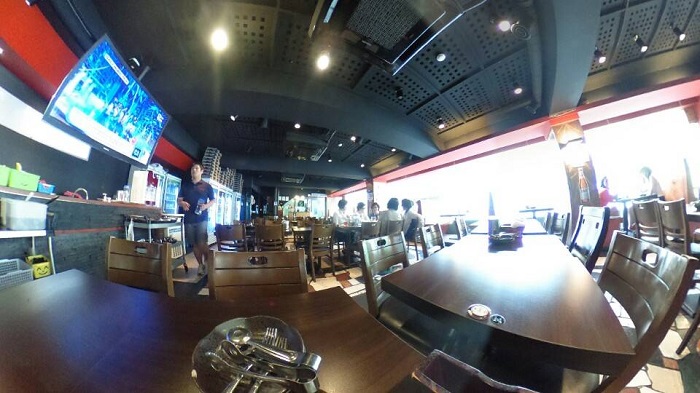
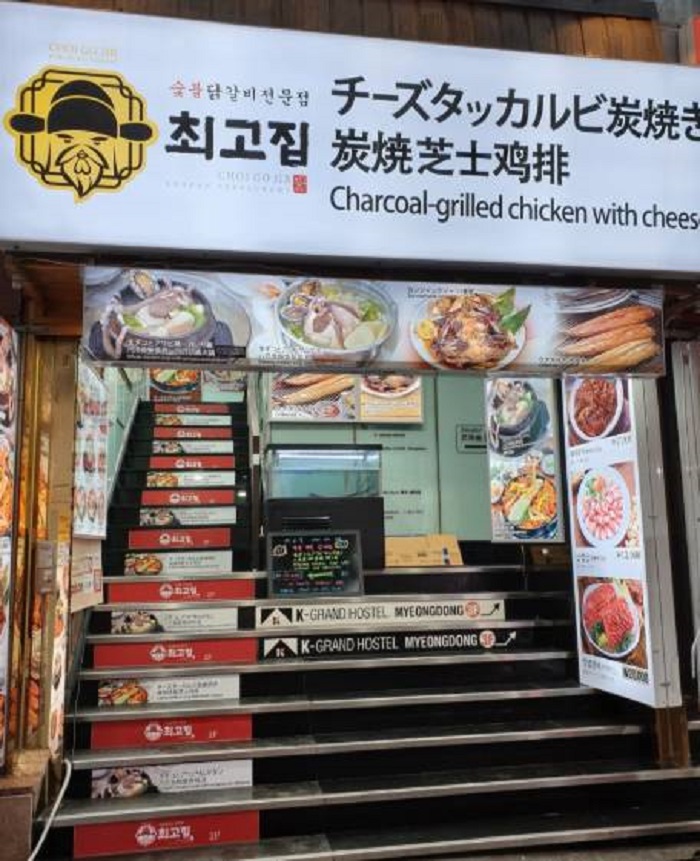
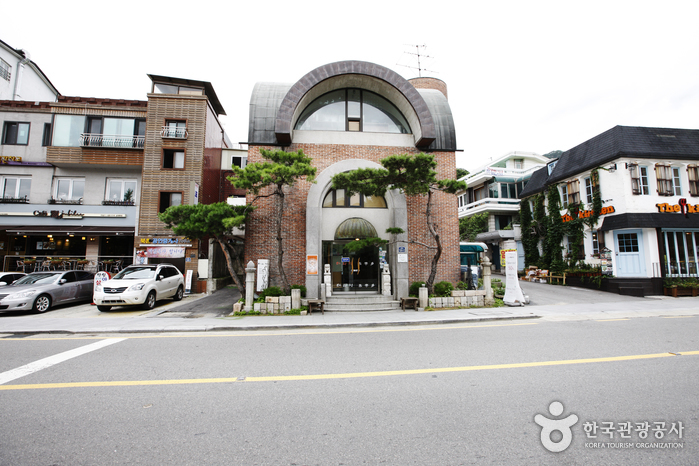
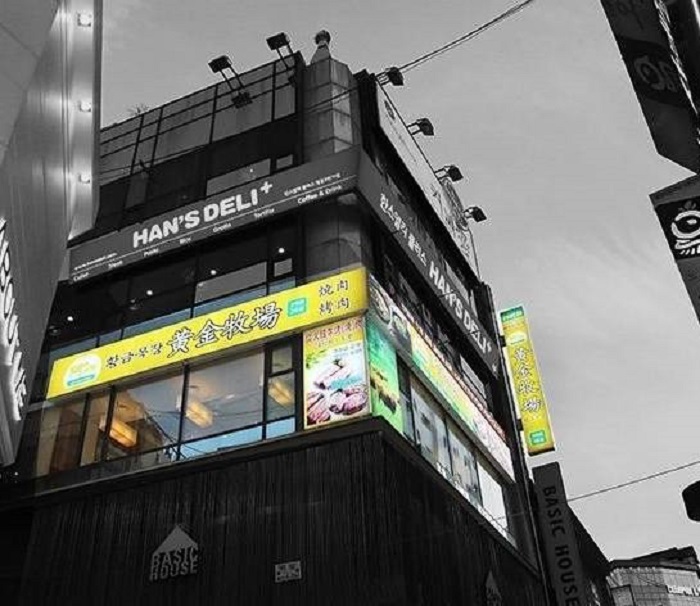
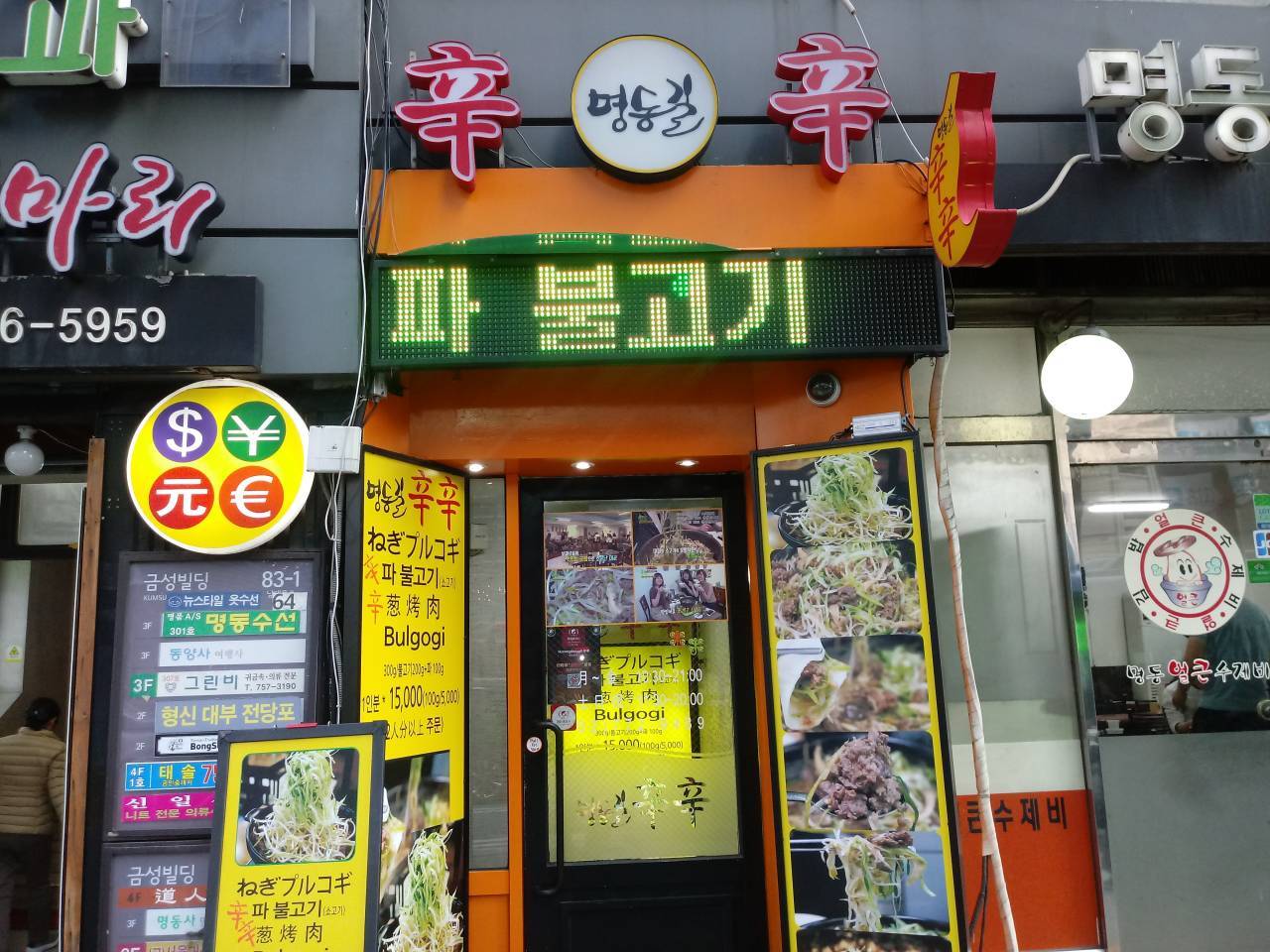
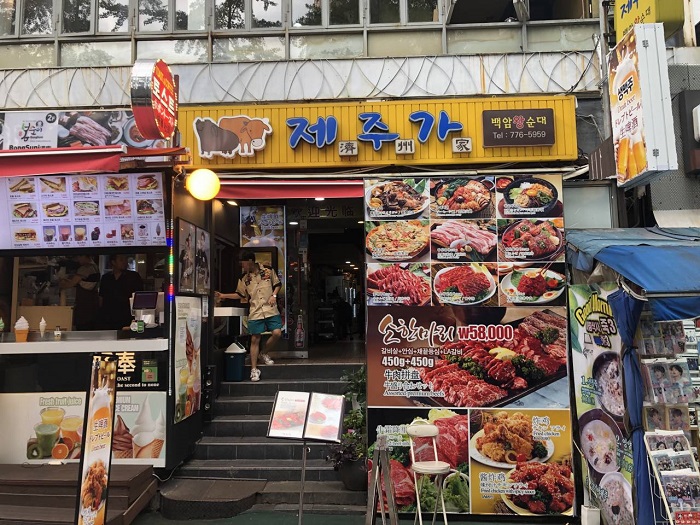
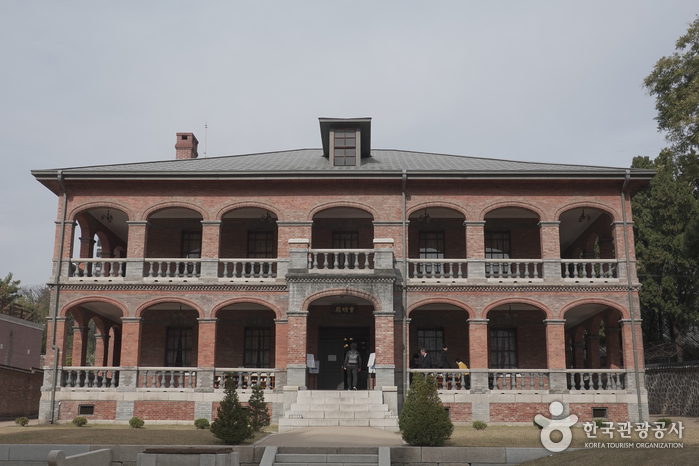
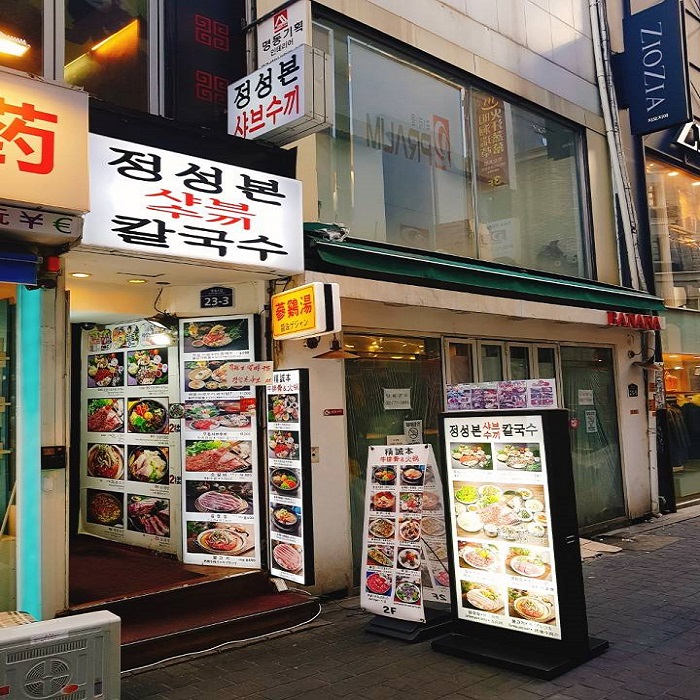

 Français
Français
 한국어
한국어 English
English 日本語
日本語 中文(简体)
中文(简体) Deutsch
Deutsch Español
Español Русский
Русский